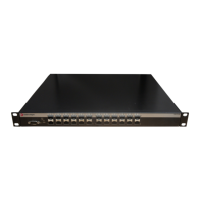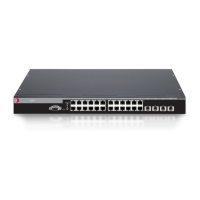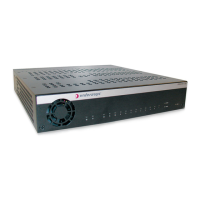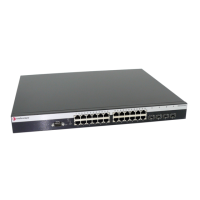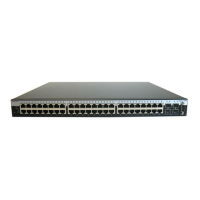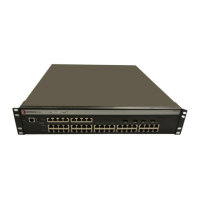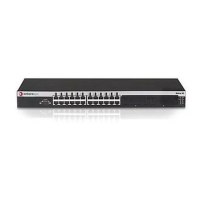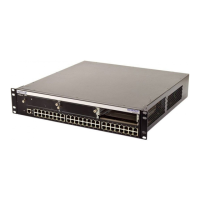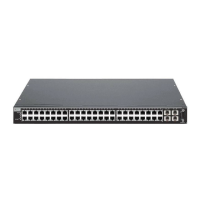Configuring OSPF
27-2 IPv4 Advanced Routing Protocol Configuration
Configuring OSPF
Purpose
To enable and configure the Open Shortest Path First (OSPF) routing protocol.
OSPF Configuration Task List and Commands
Table 27-1 lists the tasks and commands associated with OSPF configuration. Commands are
described in the associated section as shown.
* Advanced License Required *
OSPF is an advanced routing feature that must be enabled with a license key. If you have purchased an
advanced license key, and have enabled routing on the device, you must activate your license as described in
the chapter entitiled “Activating Licensed Features” in order to enable the OSPF command set. If you wish to
purchase an advanced routing license, contact Enterasys Networks Sales.
Table 27-1 OSPF Configuration Task List and Commands
To do this... Use these commands...
If necessary, activate your advanced routing
license.
See the “Activating Licensed Features” chapter.
Enable OSPF configuration mode. “router id” on page 27-3
“router ospf” on page 27-4
Enable or disable RFC 1583 compatibility. “1583compatibility” on page 27-4
Configure OSPF Interface Parameters.
Enable OSPF on the interface. “ip ospf enable” on page 27-5
Configure an OSPF area. “ip ospf areaid” on page 27-6
• Set the cost of sending a packet on an
OSPF interface.
“ip ospf cost” on page 27-6
• Set a priority to help determine the OSPF
designated router for the network.
“ip ospf priority” on page 27-7
• Adjust timers and message intervals. “timers spf” on page 27-7
“ip ospf retransmit-interval” on page 27-8
“ip ospf transmit-delay” on page 27-9
“ip ospf hello-interval” on page 27-9
“ip ospf dead-interval” on page 27-10
• Configure OSPF authentication. “ip ospf authentication-key” on page 27-10
“ip ospf message digest key md5” on page 27-11
Configure OSPF Areas.
• Configure an administrative distance. “distance ospf” on page 27-12
• Define the range of addresses to be used
by Area Boundary Routers (ABRs).
“area range” on page 27-12
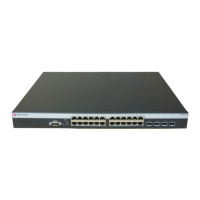
